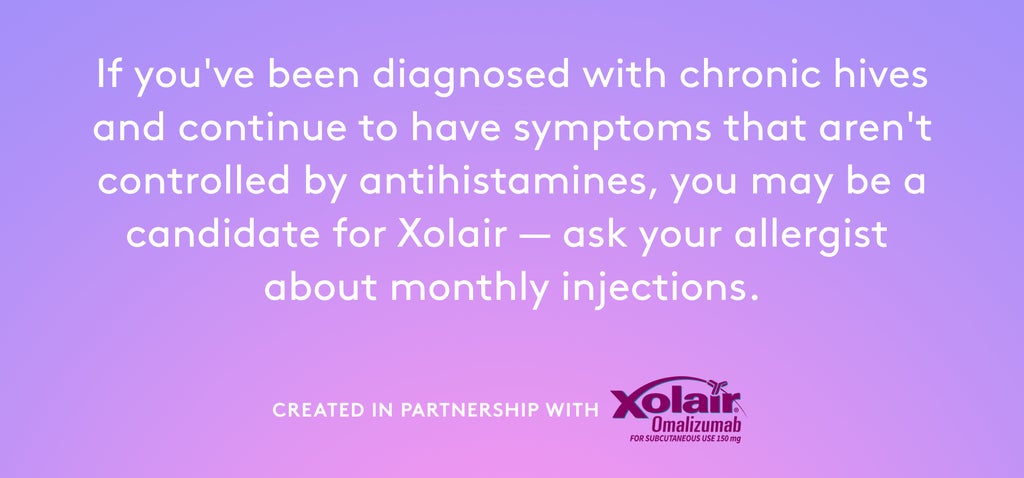
.r29-article .byline a,
.r29-article .footer .byline.featured-contributors .featured-name {
pointer-events: none !important;
text-decoration: none !important;
}
A little over a year ago, I woke up in the middle of the night with an itchy scalp. I didn’t give it much thought, assuming it must’ve been from an insect bite. In the morning, I looked in the mirror and noticed little red spots on my head and along my neck. I still assumed a bug was the culprit, but over the next few days, I became worried: The spots increased in quantity and even spread down to my waist, resembling what I initially thought was a rash of sorts.
A week later, I decided it was time to schedule an appointment with my primary care doctor to find out what was really going on. They had no idea what was happening and suggested it was just a rash. With my questions left unanswered, I scheduled an appointment with a dermatologist, who prescribed treatments like antihistamines, steroids, or topical medications, none of which worked — and my symptoms still persisted.
I spent about a month searching for answers while trying various solutions — like eliminating scented beauty products from my routine because I was scared they would worsen this mysterious “rash” — yet nothing made a difference. As a wife and mom with a five-year-old daughter and three cats, I tried my best to push forward in daily life at home and at work (I’m a manager at an animal hospital outside of Memphis, TN, where I live), but at times it was difficult due to the symptoms. My husband was a big help, thankfully, in maintaining our family’s routine as much as possible.
Still, even though I felt supported by my family, I was close to accepting that this may very well be my new reality, but something in me told me to persevere. So, I decided to take matters into my own hands and found an allergist. What I thought was a rash turned out to be hives. The allergist diagnosed me with a condition called chronic spontaneous urticaria (CSU), or chronic hives with no known cause that last more than six weeks. When they shared that there was a potential treatment option available that might work for me, I started tearing up. I was so happy to finally have an answer… and what sounded like a potential treatment option.
I had never heard of CSU before my diagnosis, even though it’s estimated that approximately 1-3 million people in the U.S. have the condition. Women are twice as likely as men to experience CSU, and most people develop symptoms between the ages of 20 and 40 years old. I later learned that CSU is a skin condition with no known trigger, and symptoms can last for several months — or even several years. Because there’s no known cause, diagnosing CSU can be a long process that sometimes requires seeing a specialist, like an allergist, to …read more
Source:: Refinery29



